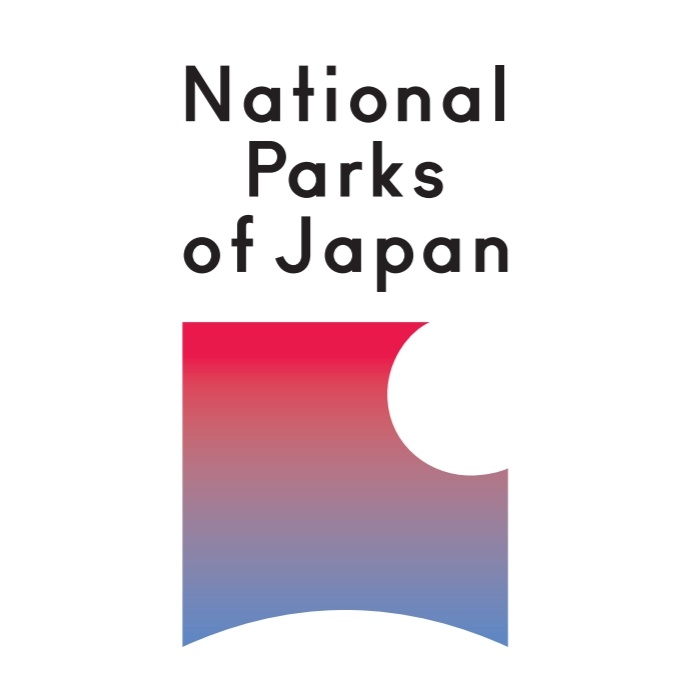The Majesty of Shikotsu-Toya National Park
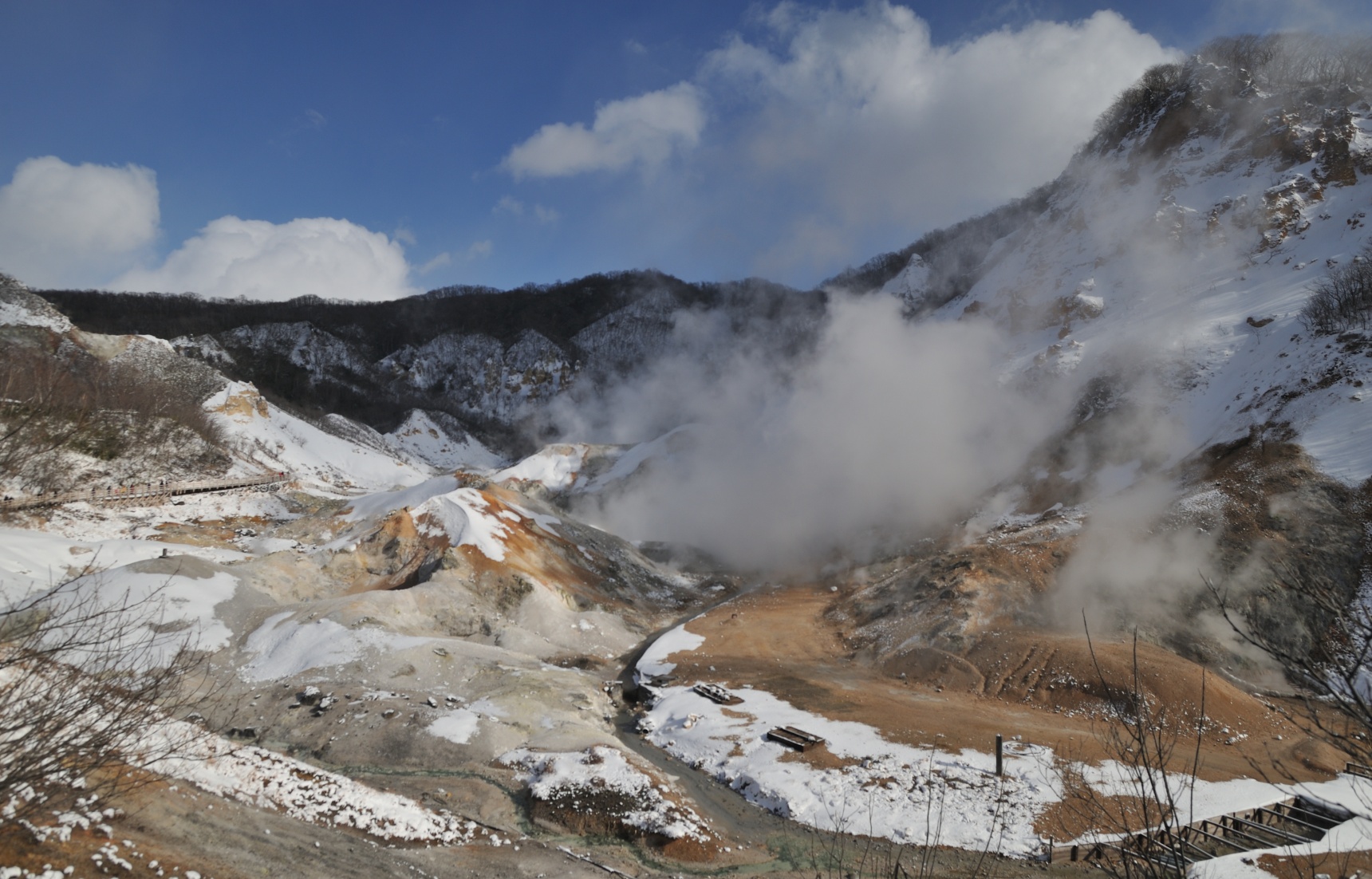
Sitting on Sapporo’s doorstep, Shikotsu-Toya National Park is a fascinating landscape sculpted by volcanoes. The park owes both its formation and continued popularity to volcanic activity, some of which can be seen to this day!
By National Parks of JapanCaldera Lakes & Rugged Peaks
Lake Shikotsu
Although Lake Shikotsu is a caldera lake, the surrounding terrain makes for a varied horizon, topped by mountains that include Mt. Eniwa, Mt. Tarumae and Mt. Fuppushi. Hiking trails on these mountains offer spectacular views over the lake’s crystal-clear water, which comes from snowmelt and rainwater, rather than runoff from mountain rivers and streams, as is typical. Since the lake is largely free of the sediments and nutrients which typically obscure visibility, it has become a popular place to enjoy activities like scuba diving and canoeing. Some rental canoes even have transparent bottoms, allowing you to gaze directly into the depths below.
The lakeshore near the visitor center also hosts the Chitose Lake Shikotsu Ice Festival, an annual winter event in which water from the lake is used to create a variety of ice sculptures and formations. As the sun goes down, these are lit up by colorful lights which create an otherworldly atmosphere, while fireworks brighten the sky in the evening, and add to the excitement.

Lake Toya
Part of the Toya-Usu UNESCO Global Geopark, this caldera lake is immediately recognizable by a group of small, mountainous islands in the middle, collectively known as Nakajima Island. Here, a pleasant footpath invites you to walk around some or all of the lake’s 7 kilometer circumference, appreciating the different perspectives visible from the water’s edge. The island is generally accessible in the warmer months via a passenger boat that docks at Toyako Hot Springs and cruises around the lake. Alternatively, great views of the entire caldera can be seen from above on Mt. Usu, accessible via ropeway. Even in the coldest months of winter, the lake’s depth and proximity to the Pacific Ocean prevent it from freezing over.
Photo: Nakajima Island rising from Lake Toya.
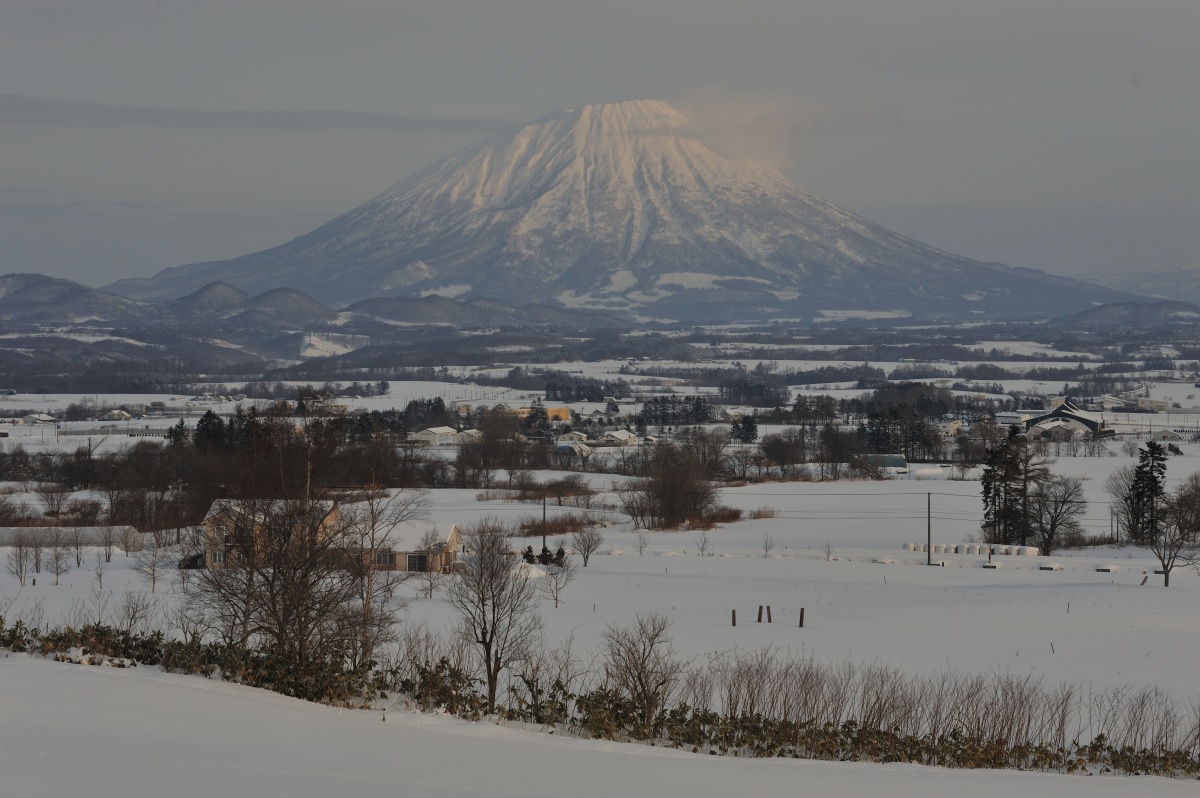
Mount Yotei
The smooth cinder cone shape of this volcano near the town of Niseko earned it the nickname of Ezo Fuji because of its close resemblance to Japan’s famous mountain. A lack of other mountains or hills in the immediate vicinity further makes the 1,898 meter-mountain stand out over the land, yielding spectacular views from the summit. Park officials also note that it is home to a treasure trove of nature, including an abundance of alpine flora that are much harder to find elsewhere around Hokkaido.
Photo: Mt. Yotei is said to greatly resemble Mt. Fuji.
Volcanic Mountains & Hot Springs
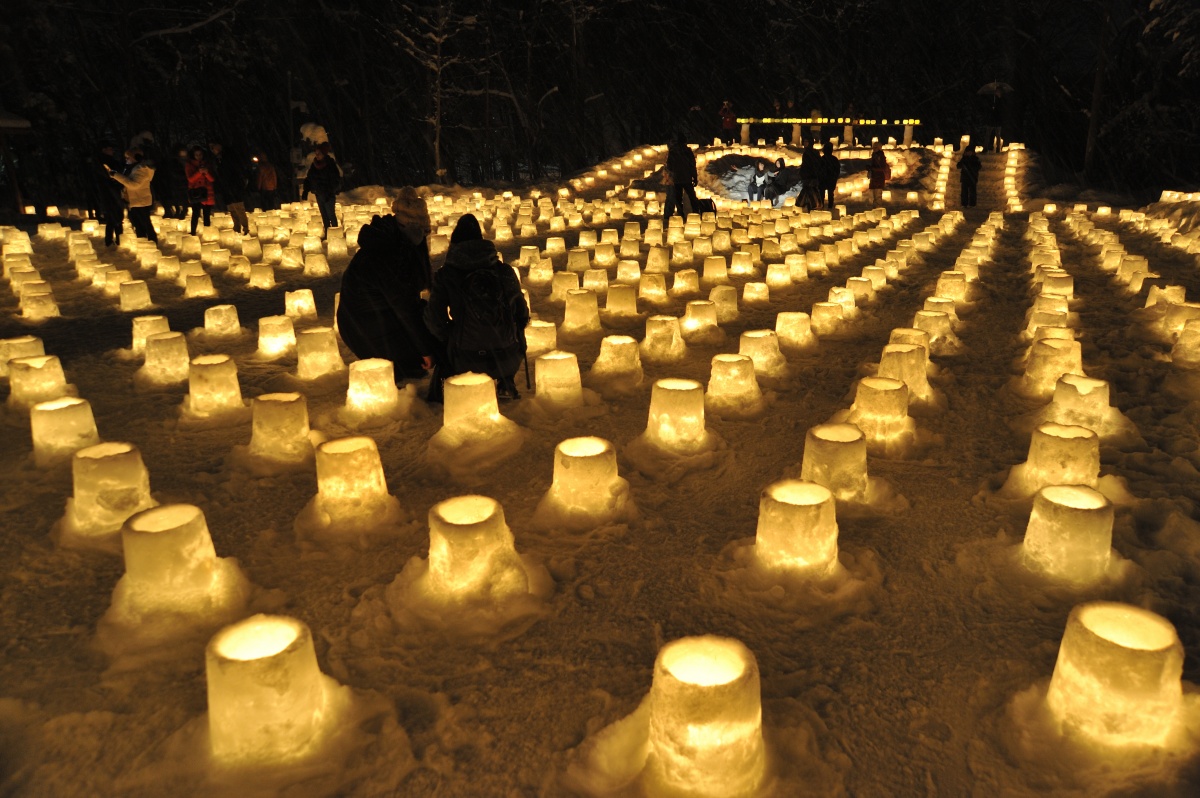
Jozankei
Only about one hour away from Sapporo by car is the cozy hot springs resort area of Jozankei, nestled in a small gorge straddling the Toyohira River. There are four different types of hot springs at the town’s various facilities, as well as free hand baths and footbaths. Also in town is the Iwato Kannondo Temple, known as a “Power Spot,” or a place where you can feel in-tune with the surrounding nature. This small temple built into the side of the gorge has a tunnel filled with some 33 small statues of Kannon, the Buddhist goddess of mercy. Additionally, numerous hiking trails and walking paths start out from the town and branch out to the surrounding mountains, with one such path crossing the scenic red Futami Suspension Bridge over the river.
Photo: The Yukitoro “Snow Candle Way” at Jozankei Shrine.
Noboribetsu Onsen
Easily accessible from both Sapporo and Hakodate, Noboribetsu is one of Hokkaido’s most well-known hot springs areas, with eleven different types of therapeutic, milky-white mineral water to enjoy all within the town. In addition to indoor and outdoor baths available at ryokan and hotels, there is also a public bath, and natural foot baths.
There’s much more to Noboribetsu than simply bathing, however. Within walking distance from the town are some beautiful natural attractions such as the dramatic scenery of Jigokudani, literally known as “Hell Valley." You’ll understand why it received this name as you walk past steaming vents, smell sulfur in the air, and gaze out upon a section of land devoid of vegetation. Also nearby is Oyunuma Pond, a large sulfurous pond whose warm waters give off a surreal fog.
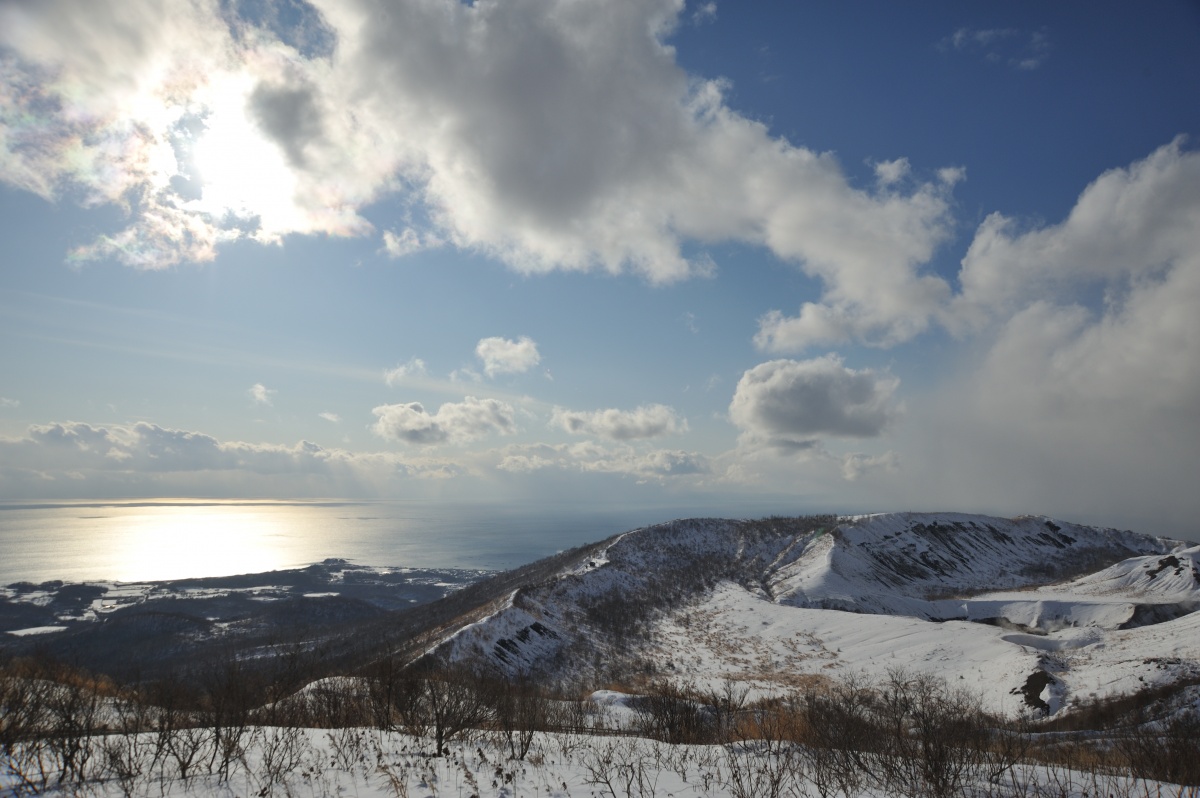
Toyako Onsen
The hot springs in Toyako Onsen started to flow after an eruption about 100 years ago on one of the parasite volcanoes of nearby Mt. Usu. While some may see volcanoes as a threat to be avoided, the locals here have learned to coexist with their tempestuous neighbor. Mt. Usu has even garnered a reputation of being a rather “kind mountain” that tends to give advance warning (in the form of earthquakes) before erupting, which it has generally done once every 30 years or so in recent history. Toyako Onsen is home to the Volcano Science Museum, where visitors can learn about the geological activity in the area and see photos and videos from the most recent eruption in 2000.
Photo: the crater basin of Mt. Usu, with Uchiura Bay in the distance.
Local Delicacies
Kokanee Salmon
Himemasu, also known as chep in the Ainu language, is a type of landlocked kokanee salmon that now inhabit the waters of Lake Shikotsu, having been transplanted there from Lake Akan.
Fishing for himemasu is a popular activity, while many restaurants around the lake also feature it on their menu, serving it grilled with salt, as well as sashimi style, in sushi or in rice bowls. Although a freshwater fish, it is reputed to taste very similar to its seafaring salmon cousins.
While Shikotsu-Toya National Park manages to be quite reachable from Hokkaido’s transportation hubs, it still offers pristine wilderness and a fascinating perspective on the powerful geological activity that shaped the island and continues to influence it even now.


